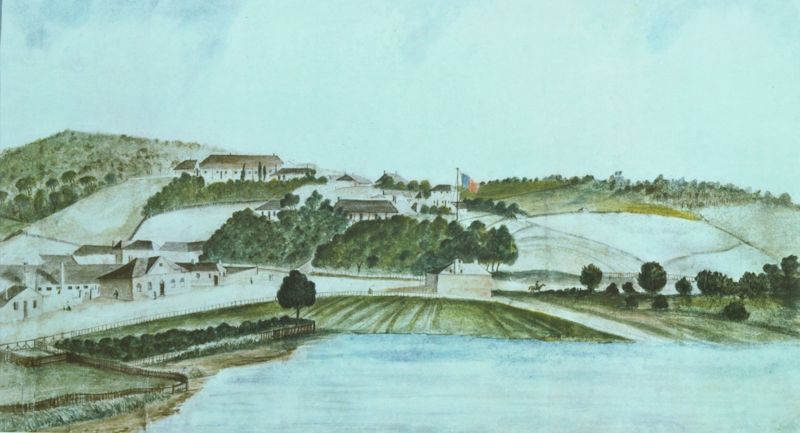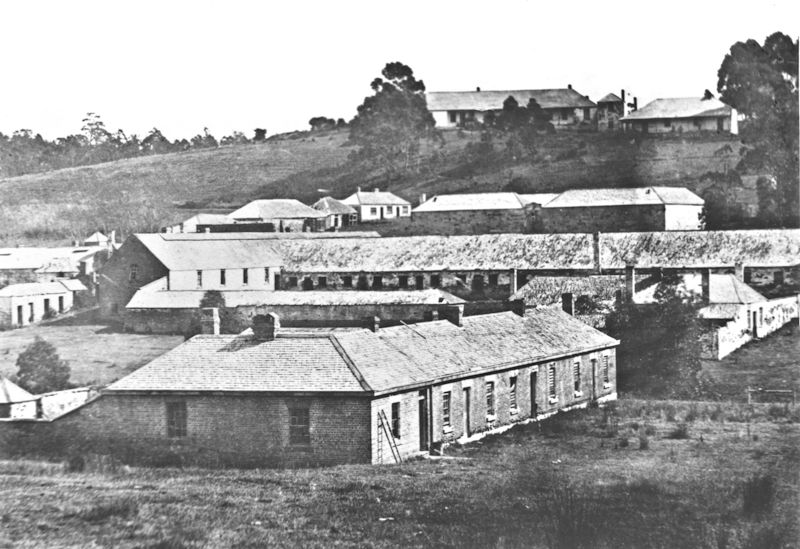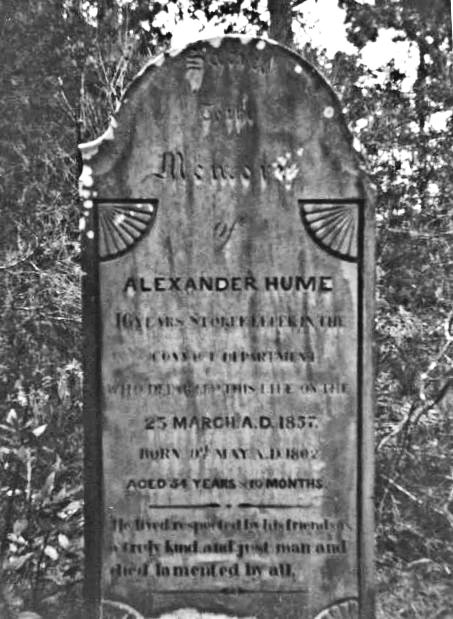Long before anyone knew the term 'global village', the repercussions of events which had occurred decades earlier on the other side of the world were felt in a little known corner of the remote British colony of Van Diemen's Land.

The story of the typhus ship, the Persian, begins with the battle of Culloden where the troops of King George II crushed the rebellion led by Bonnie Prince Charlie and ended his hopes of seizing the British throne. After the battle King George's men set about the 'pacification' of the Scottish highlands, butchering suspected rebels and changing a way of life which had endured in the glens of Scotland for centuries.
Before Culloden, clan chiefs lived surrounded by hundreds of clansmen who gave service in lieu of rent for the land they held and were pledged to fight for the laird in time of war. But the rigid rule imposed by the English 'pacifiers' brought an end to clan warfare. Chiefs were encouraged to abandon their private armies and put their land to profitable use by replacing clansmen with sheep. And so began the long series of evictions known as the Highland Clearances. All through the late eighteenth and early nineteenth centuries homes were buried or torn down and families driven off their little crofts. Some drifted into the slums of cities but most crowded onto emigrant ships, which carried them to Canada and the Australian colonies.
The last victims of the Highland Clearances came from the islands of the Hebrides. Assisted by the Highland Emigration Society, a band of destitute islanders, evicted from their homes on Lewis and Coll, made their way to Liverpool. There, on 26 July 1857, they boarded the Persian bound for Hobart Town. After only 22 days at sea news spread through the ship that one of the islanders had died of typhus fever.
By the time the Persian anchored off Hobart there were 36 cases on board; 10 had died or were at death's door. What could be done?
The Governor of Van Diemen's Land called an emergency meeting at which it was decided to send the fever ship to Impression Bay (now Premaydena). There, far from the settled districts, a large convict probation station had been built but, since the probation system had collapsed, only 30 men remained in the station buildings.

Once this group had been transferred to Port Arthur, the place could serve as a hospital for the Persian's fever patients and a quarantine station for the rest of her passengers and crew.
Although in 1857 nobody realised that typhus is carried by lice, bedding used by the immigrants on the ship was burned and their belongings were fumigated so that once they had come ashore at Impression Bay no new cases were reported. Eight of those already infected died and were buried on Premaydena Point where some of the headstones marking their graves can still be seen.

Those who recovered or escaped infection were released from quarantine in January 1858 and returned to Hobart to continue lives indelibly marked by long ago events in their Scottish homeland.
“The Emigrants” by Margaret Scott
Pictures from the Archives